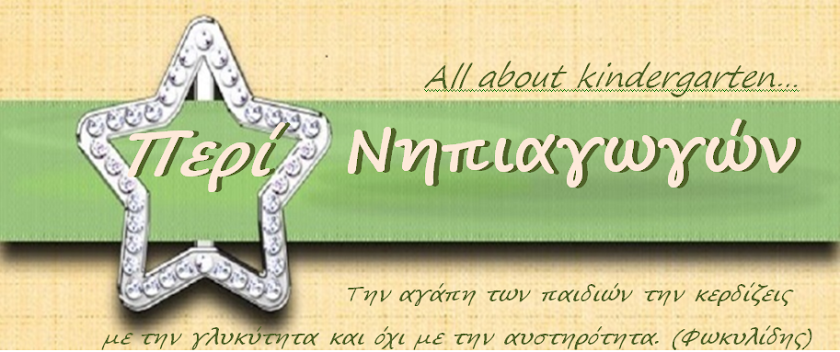If you’ve ever before got upon a cool, dark day and turned a switch or struck a fit, you’ll getting happy you are dwelling following the mid-19th millennium. A long time ago, anyone in a northern wintertime whom performedn’t hold a fire burning up all night was required to start the day by clashing flint on steel to manufacture a spark. Or at least someone in the family performed.
They necessary to get a spark on some flammable tinder and then in some way move this tip of flame to a thin splint of wooden or a scrap of cable.
Blowing thoroughly on tinder helped the spark grow into one thing a lot more like a fire. A simpler remedy was to touch smouldering tinder with a sulphur-tipped «match» in order to get adequate fire to light a candle. Following they were able to just do it with kindling a fire. Inside cozy countries the meals wouldn’t become prepared without spark, tinder, and flame.
Each morning very early, before dawn, the first noises read in limited quarters are the simply click, mouse click, click with the kitchen-maid vibrant flint and metal on top of the tinder inside the package. After tinder was actually ignited, the maid blew upon they till they glowed sufficiently to enable the girl to kindle a match manufactured from a touch of stick dipped in brimstone [sulphur]. The address was then returned to the box, in addition to pounds associated with flint and steel pressing they straight down extinguished the sparks in the carbon. The operation had not been, but always effective; the tinder or the suits might-be moist, the flint blunt, and the metallic used; or, on a cold, dark colored day, the driver would not infrequently strike their knuckles rather than the metallic; a match, also, could be typically extended in kindling, therefore was not pleasant to keep blowing in to the tinder-box, as well as on pausing a moment in time to grab breath, to inhale sulphurous acid petrol, and a peculiar odour which the tinder-box always exhaled. Sabine Baring-Gould, Unusual Survivals, 1892, Devon, England
Could you be able to keep a candle or lantern using up forever? The length of time would a rushlight final? Would a draught strike the light away? Should you woke in a dark room, just how long wouldn’t it elevates to capture a spark and coax they into something which would light a candle? Training would let, definitely, it appears to have come a hassle for many individuals.
The housemaid is actually stirring betimes, and falling on the boots and her petticoat, gropes when it comes down to tinder package, in which after a conflict within steel additionally the rock she begets a spark, at last the candle bulbs. Matthew Stevenson, The Twelve Months, c1661
Could you manage without a tinderbox?
Many people kept a flame, or tiled stove, using up all winter season or all year. It wasn’t simply for the warmth in cold temperatures. It must have been therefore convenient to need a light from hearth, and fan the embers returning to lifetime without having to begin another day by knocking rock on metal.
«Banking upwards» the flame suggested preserving a smouldering temperatures instantaneously. You could repeat this differently: for instance, covering the flames with a dense covering of energy or, even more economically, utilizing a thick blanket of ashes. Each day your blew the embers back into lifetime, and given the fire.
If by sick fortune the flame during the fireplace became wholly extinguished through negligence at night, someone, usually limited guy, got provided for the house with the nearest next-door neighbor, having a spade or sealed skillet, or maybe a diverse remove of eco-friendly bark, by which to create right back coals for relighting the flames. Alice Morse Earle, House Lives in Colonial Era, 1898
Keeping a flame supposed 24 / 7 wasn’t strange in colonial The usa, plus it is typical in cool europe, except in larger places with guidelines about placing out fires during the night. In Scotland and Ireland maintaining www.datingmentor.org/escort/brownsville peat fires alive instantaneously, all year, have symbolic including practical significance, and advised best of luck and a welcoming room. From inside the Western Isles of Scotland the flint and steel were not widely used, even in the eighteenth millennium.
Steels aka firesteels
An item of metal rounded to match more than a hands and hands could take different structures. Some comprise quick, rest pretty. One classic shape (left) turned into a heraldic expression. Those put at home and keep in a package close to the hearth or candle holder were often very ordinary. English and American tinderboxes typically used a simple hook-shaped firesteel that would dangle over fingers. The human being hands’s shape guaranteed similarities between steels in various societies: check this out good Persian steel, apparently not made for your kitchen shelf.
Flints
You recommended a sharp-edged bit of flint or other tough rock to strike a spark regarding the metal. Often known as a strike-a-light (a reputation additionally utilized for the metallic periodically), they needed to be held razor-sharp, or replaced. People typically reported about scraped knuckles and other injuries from flint striking surface. Grumbling and cursing came into the story also. While a skilled light-striker forecast success within three minutes approximately, the smallest dampness and other difficulties might offer that drastically.
